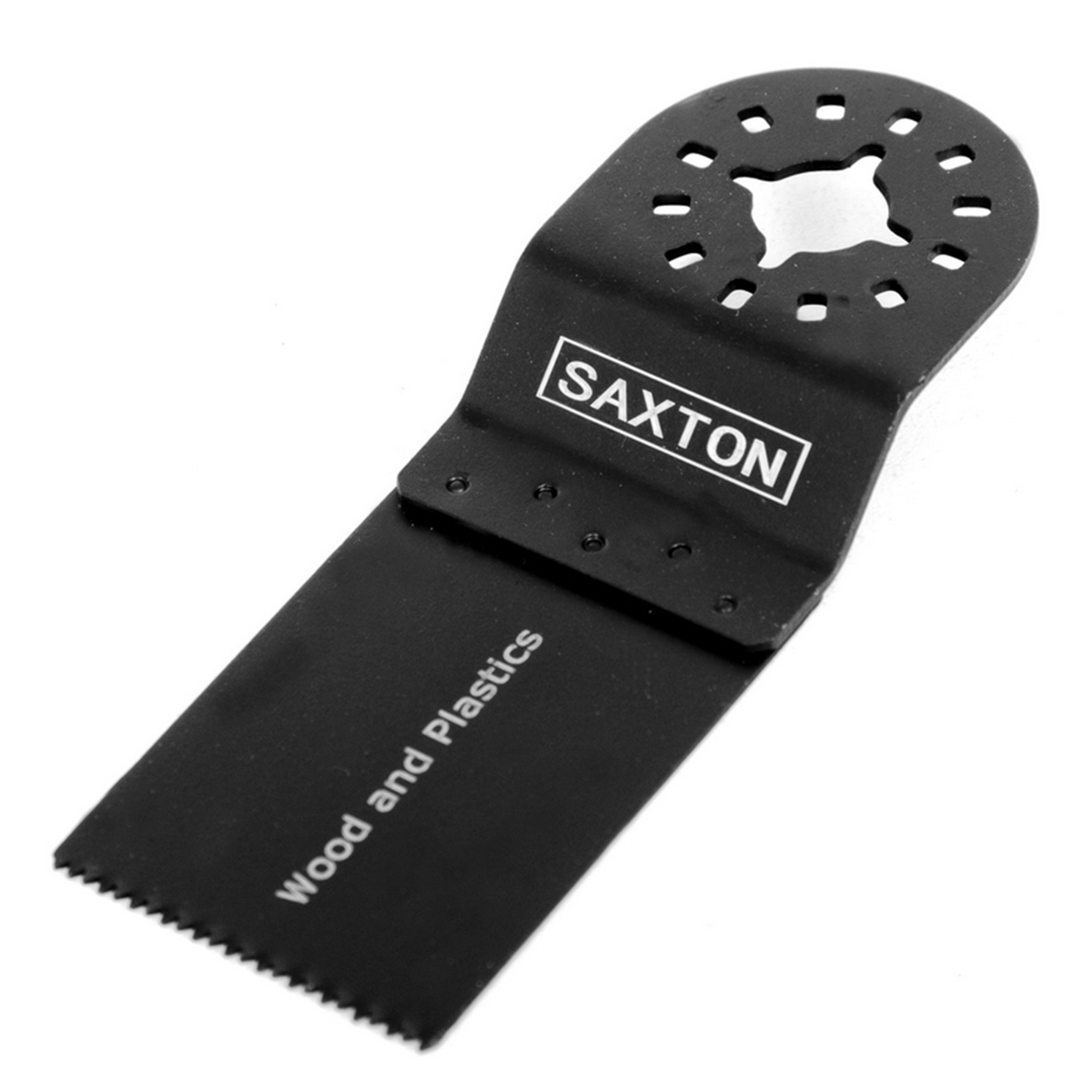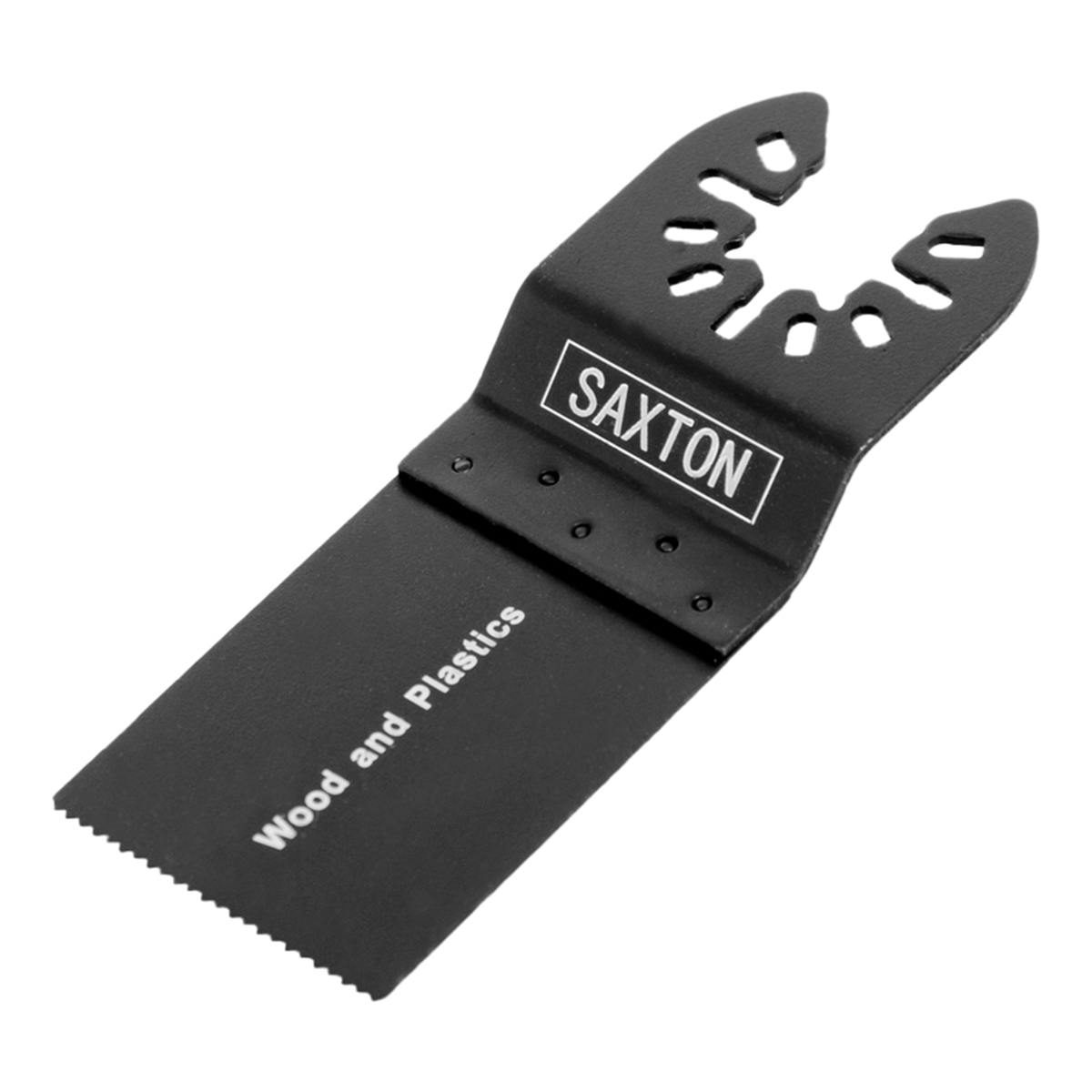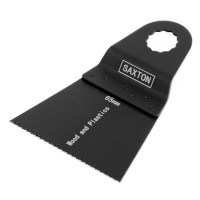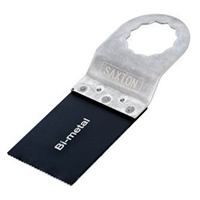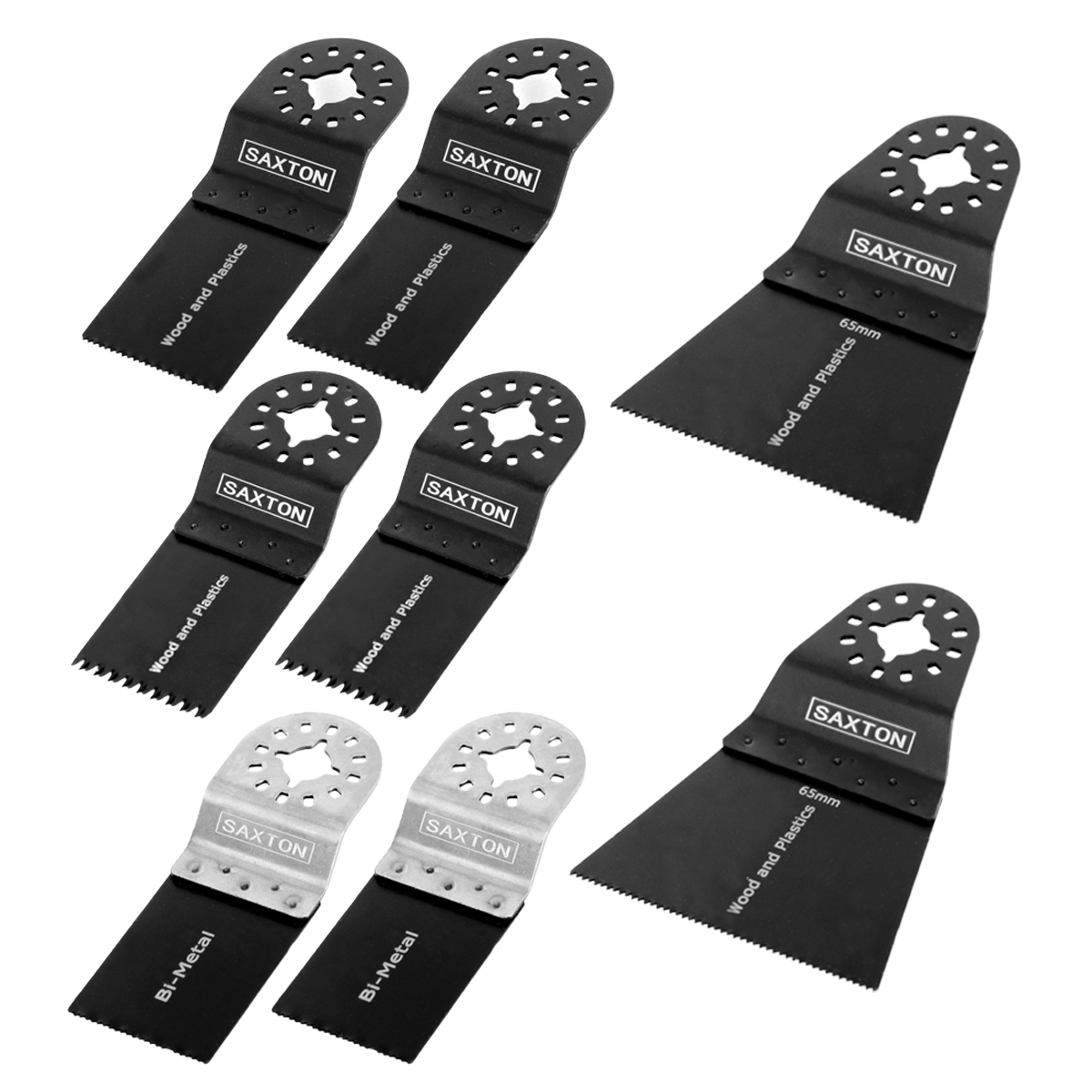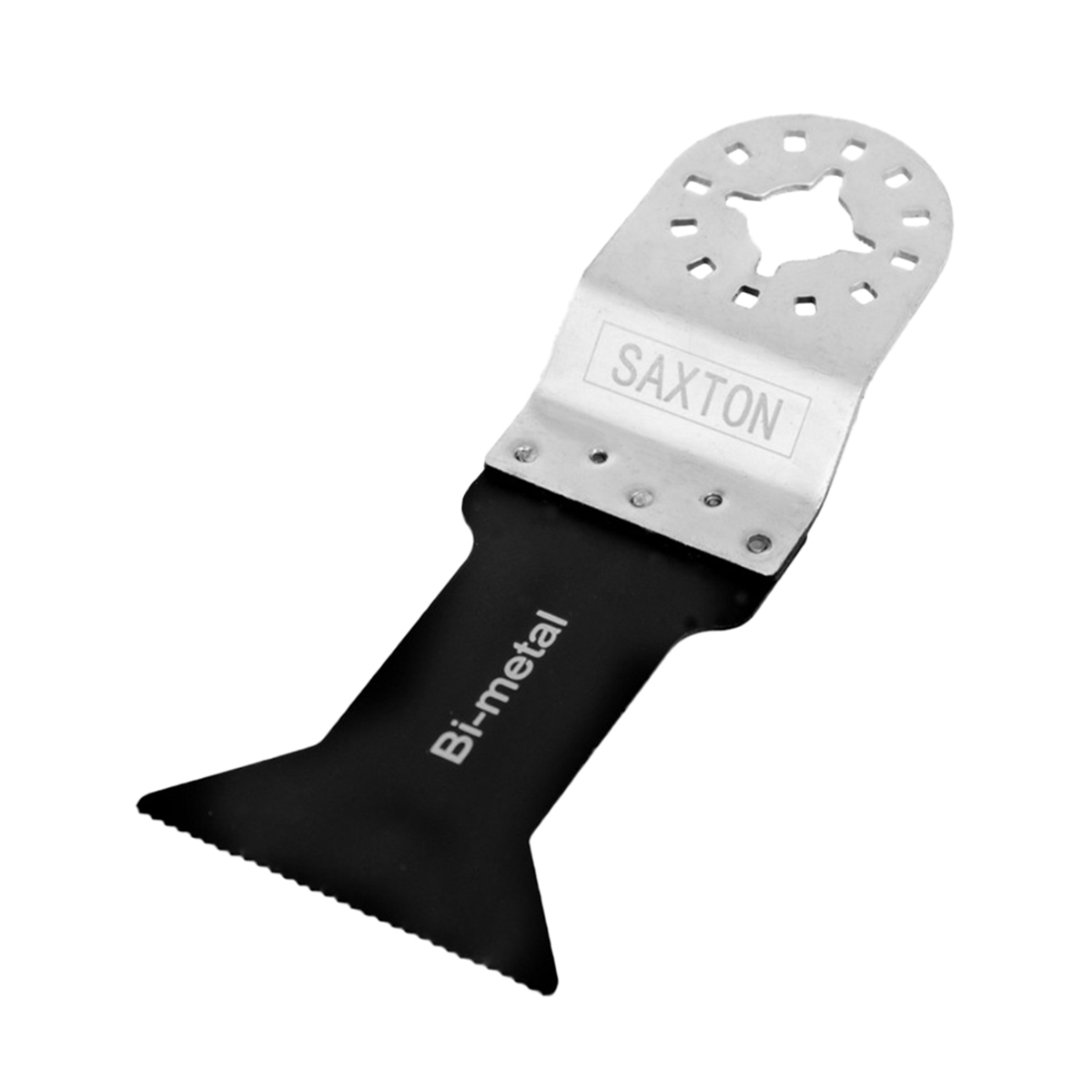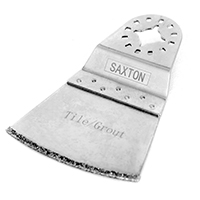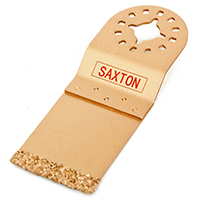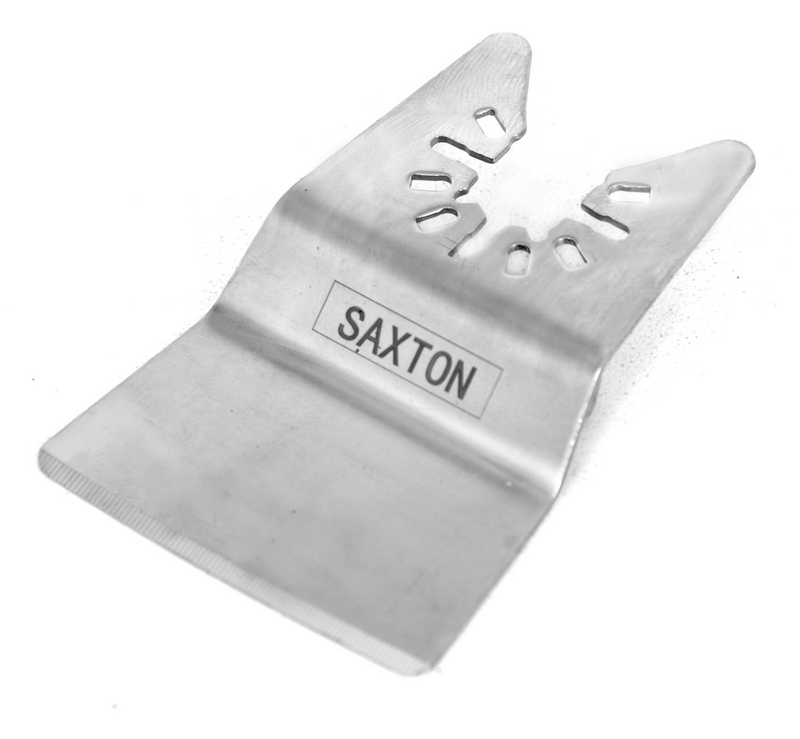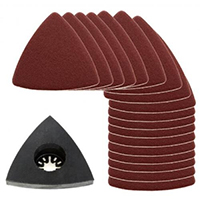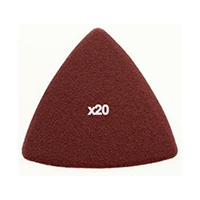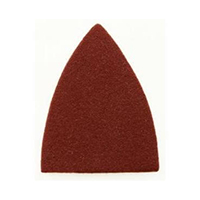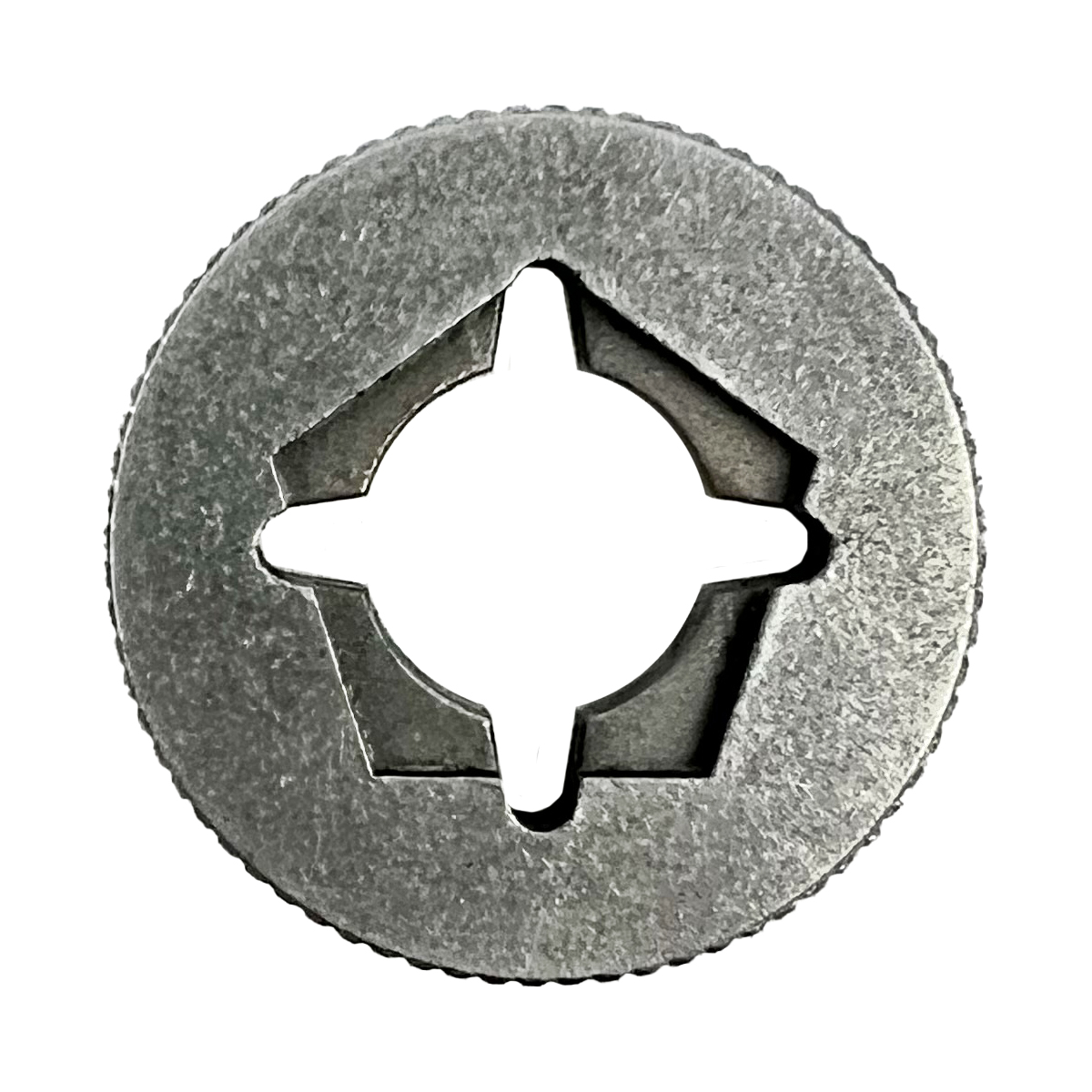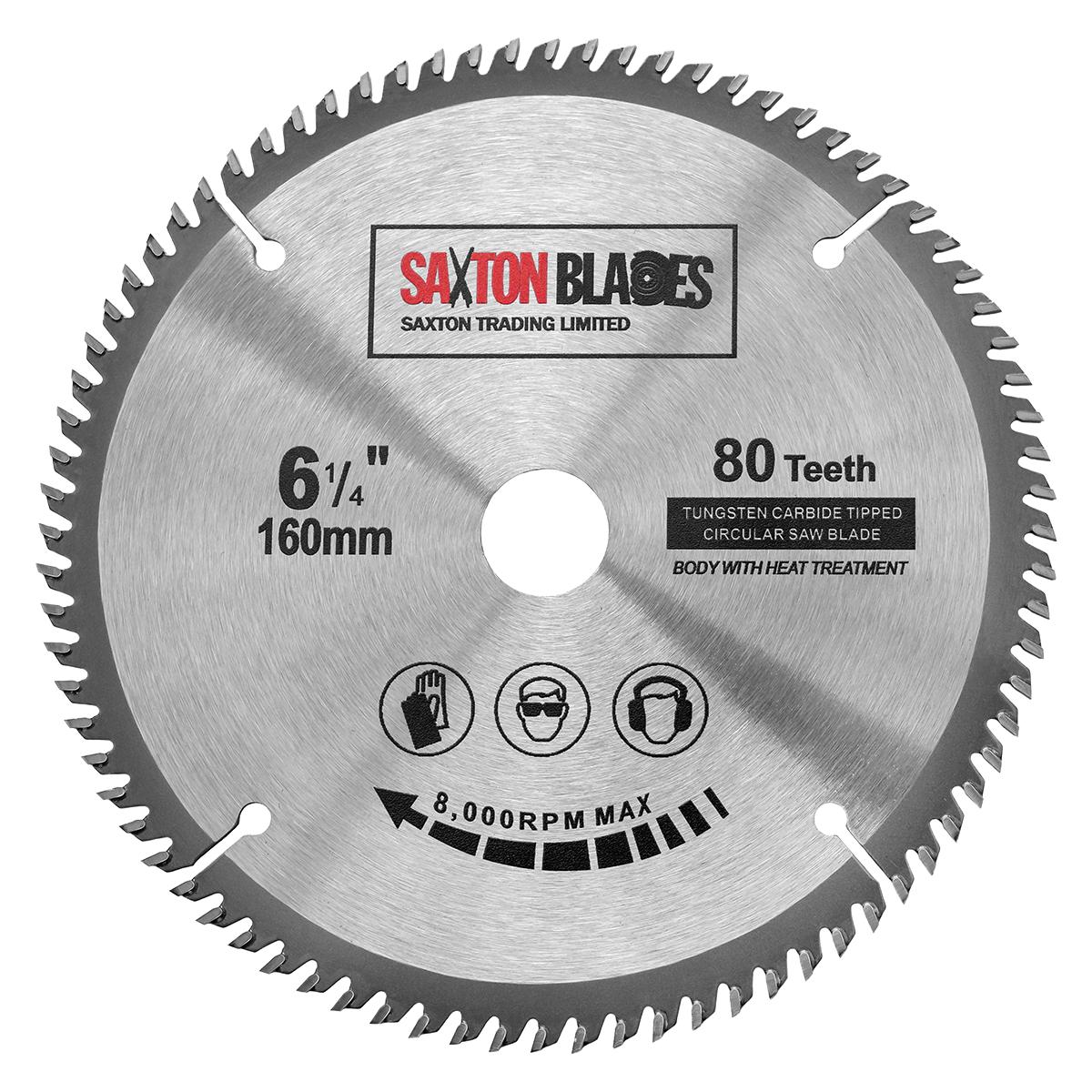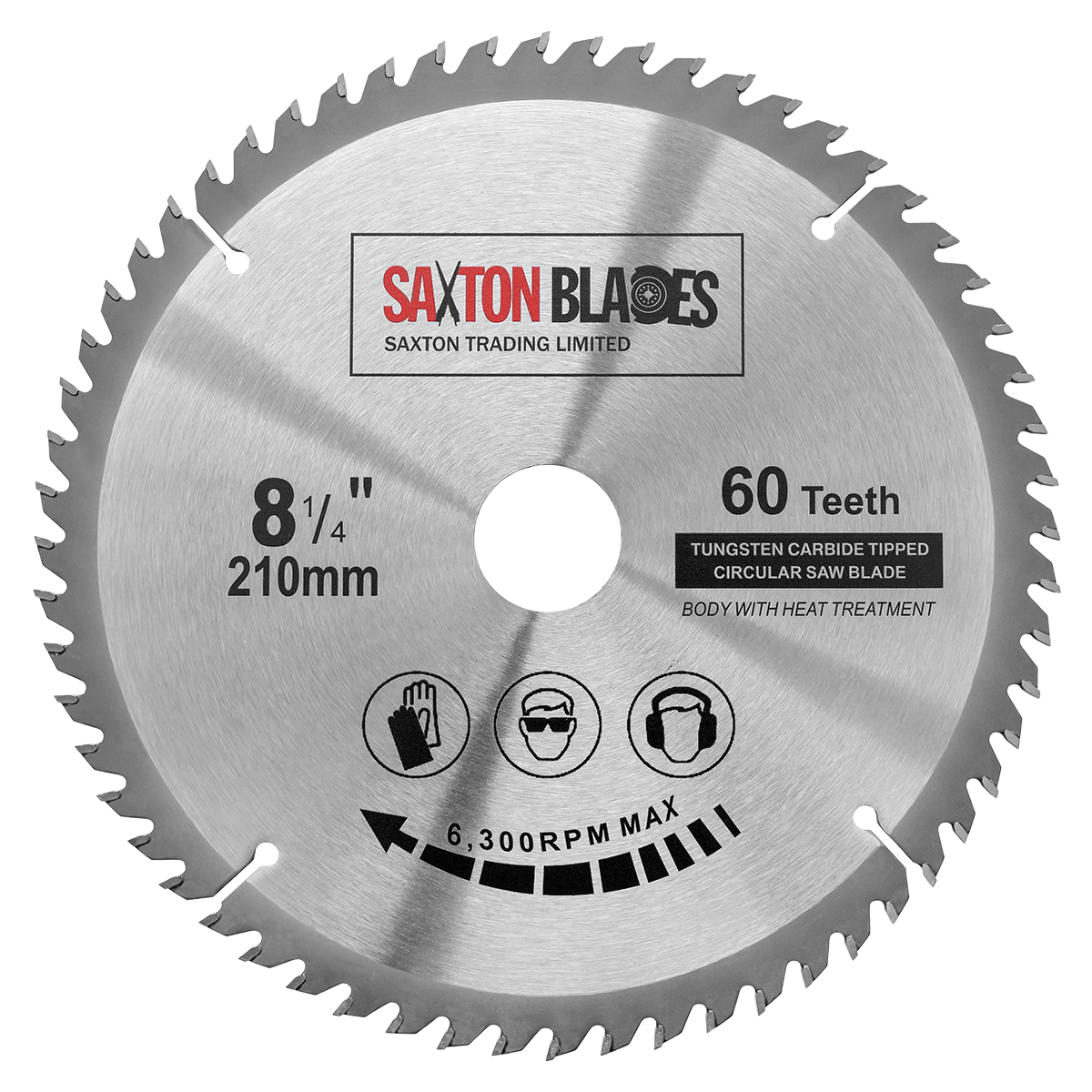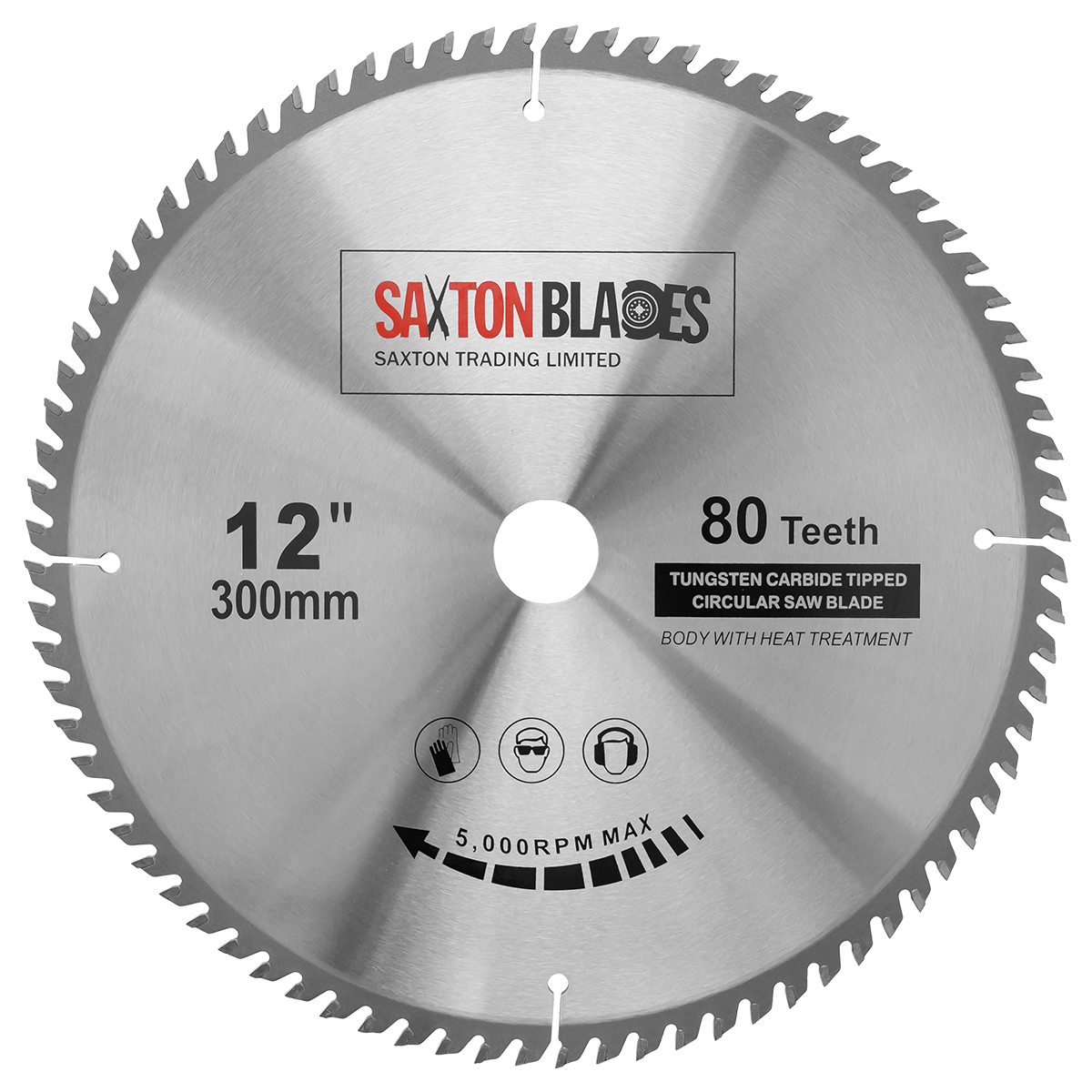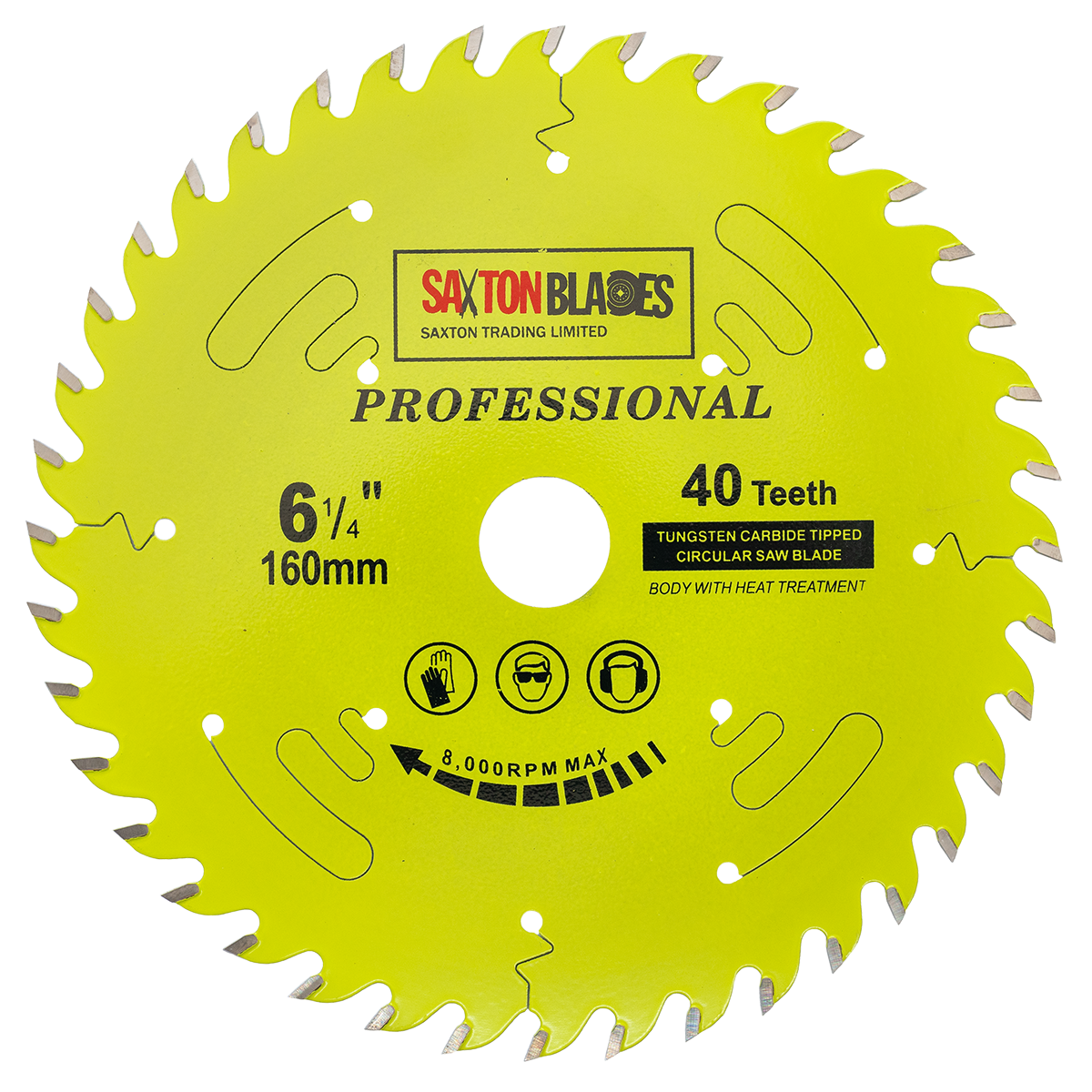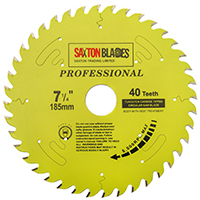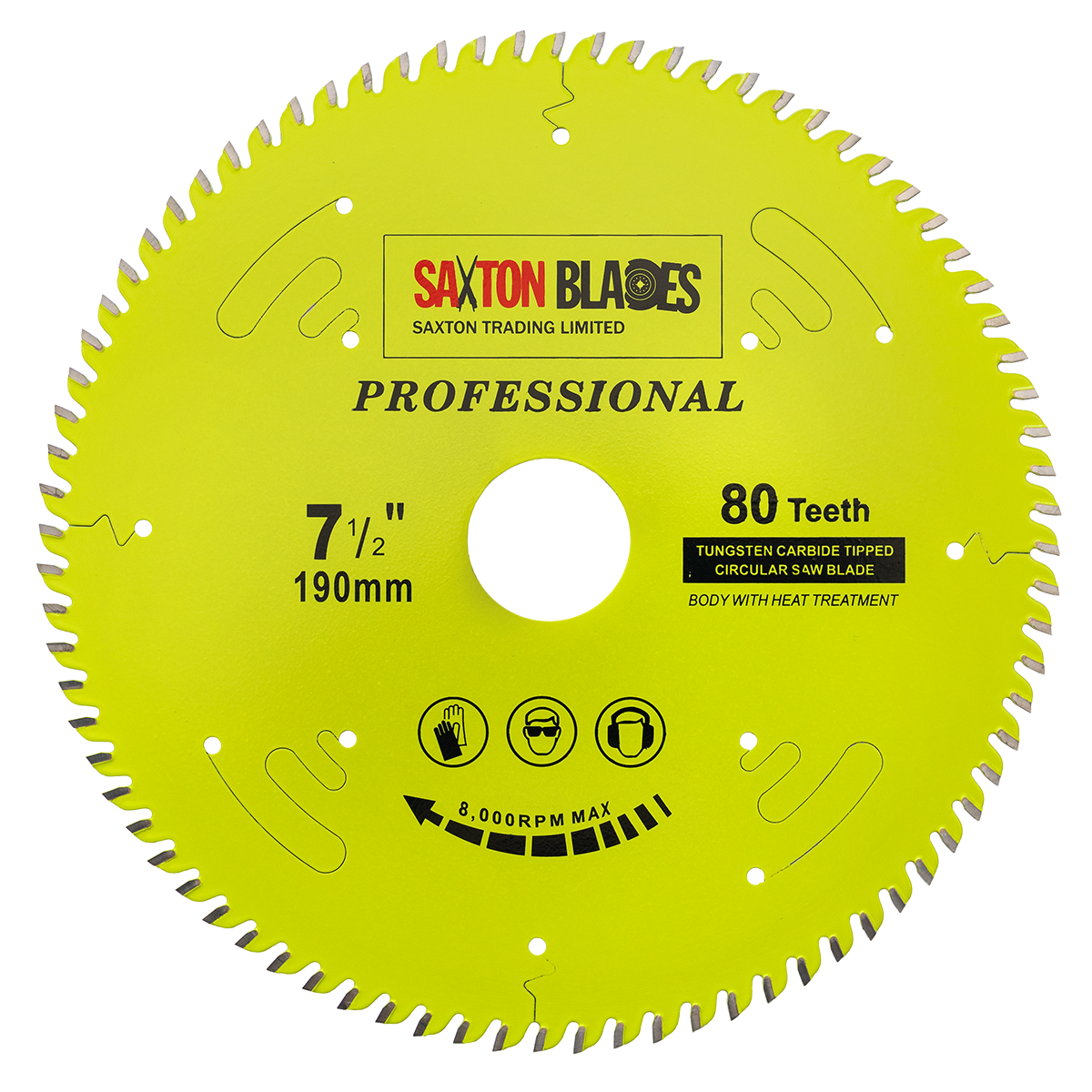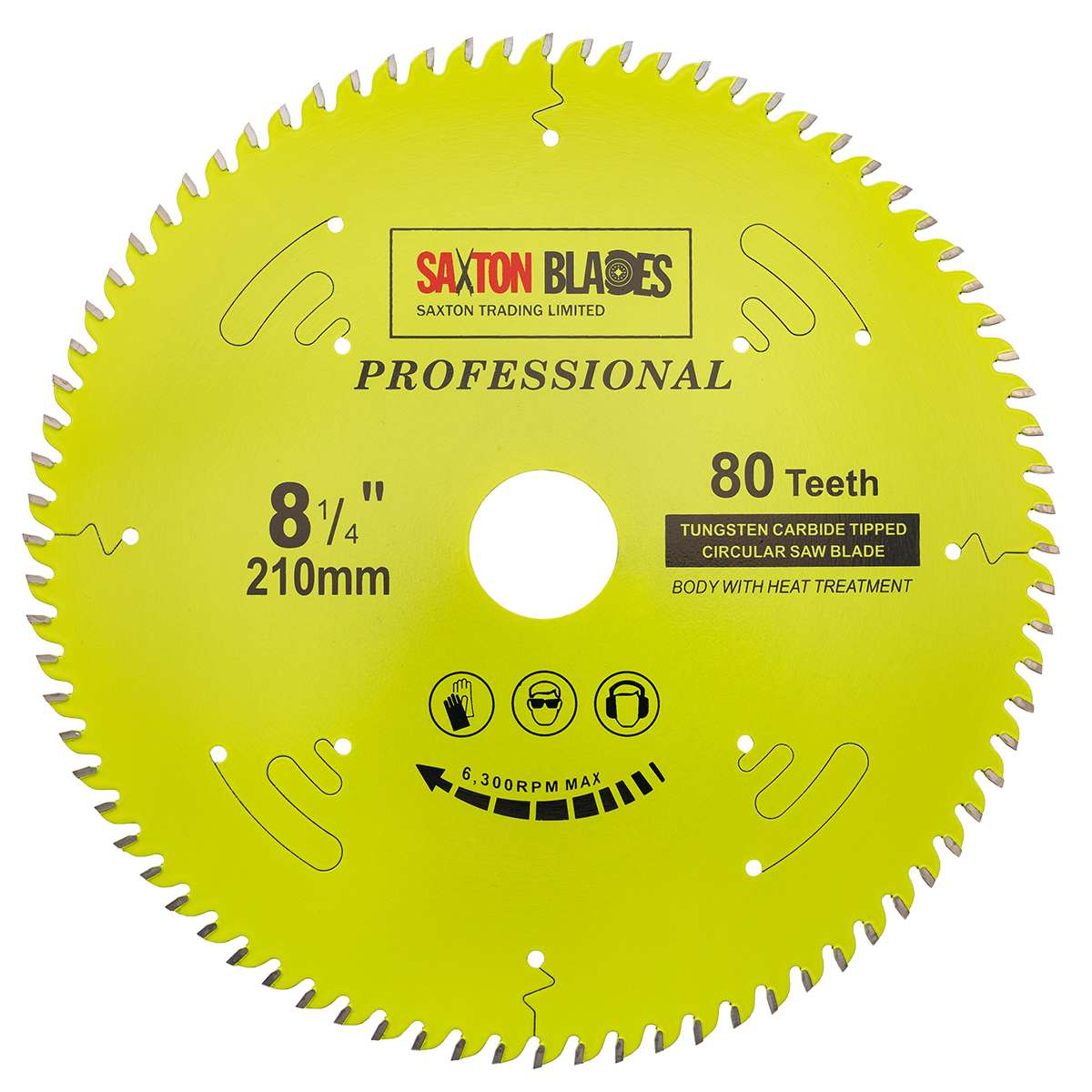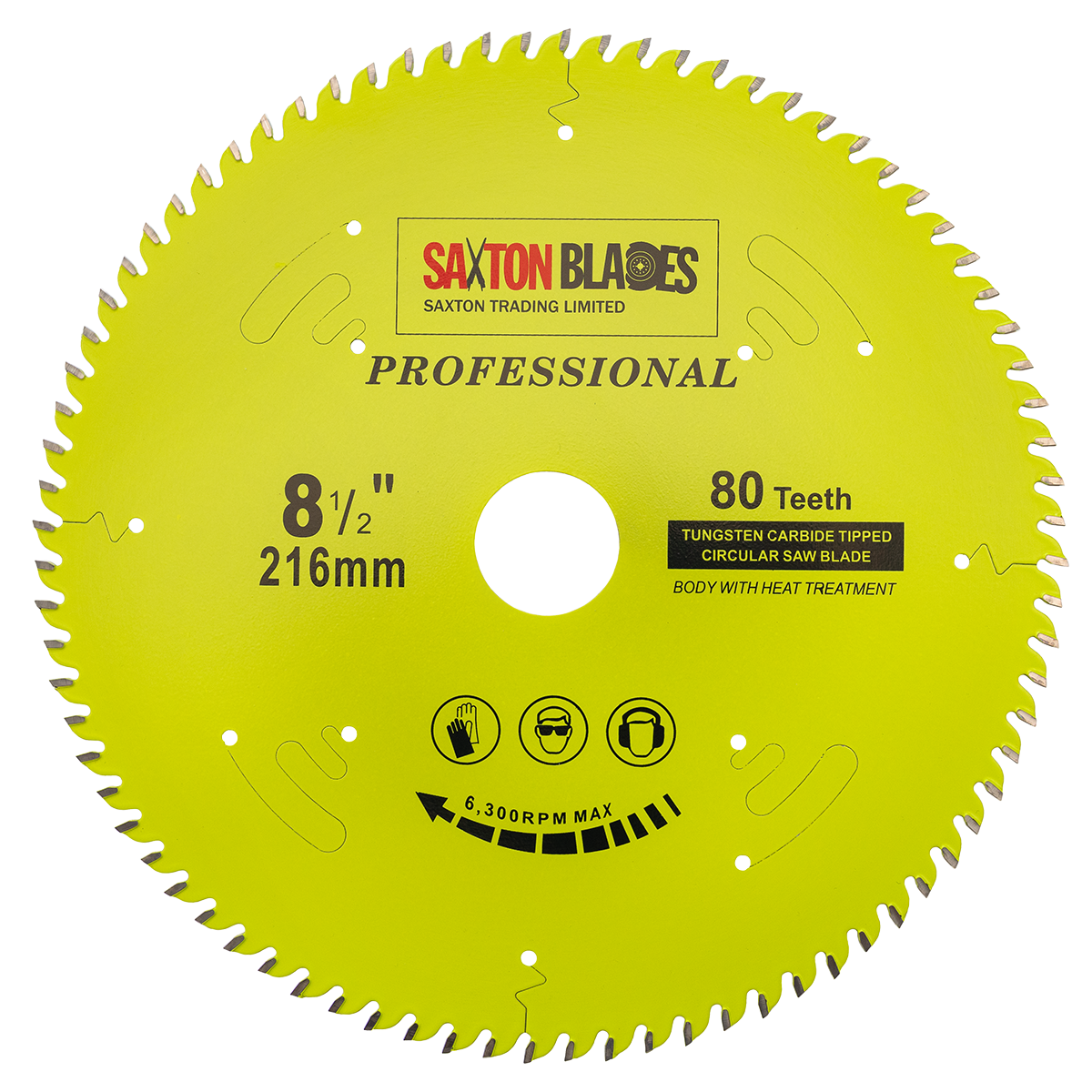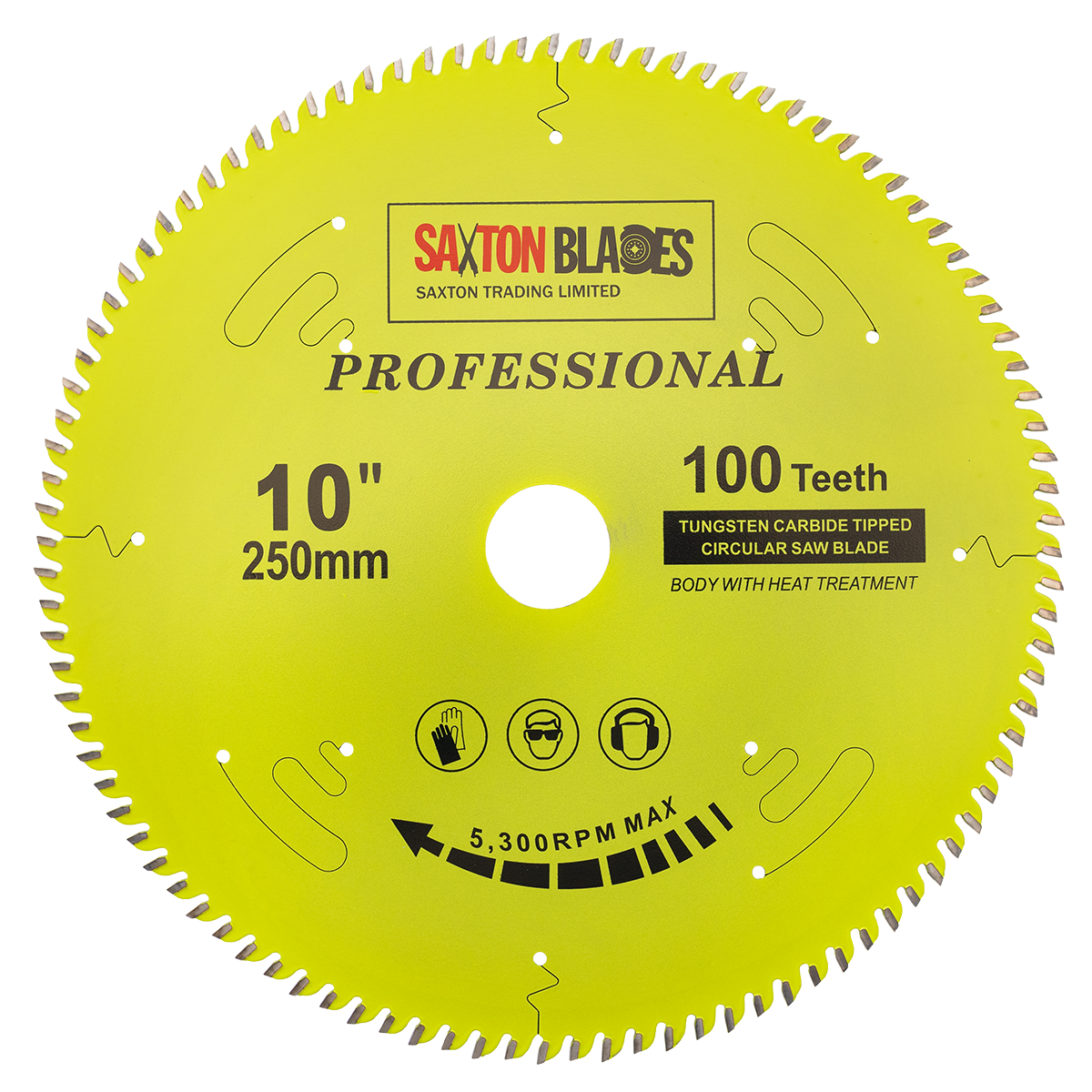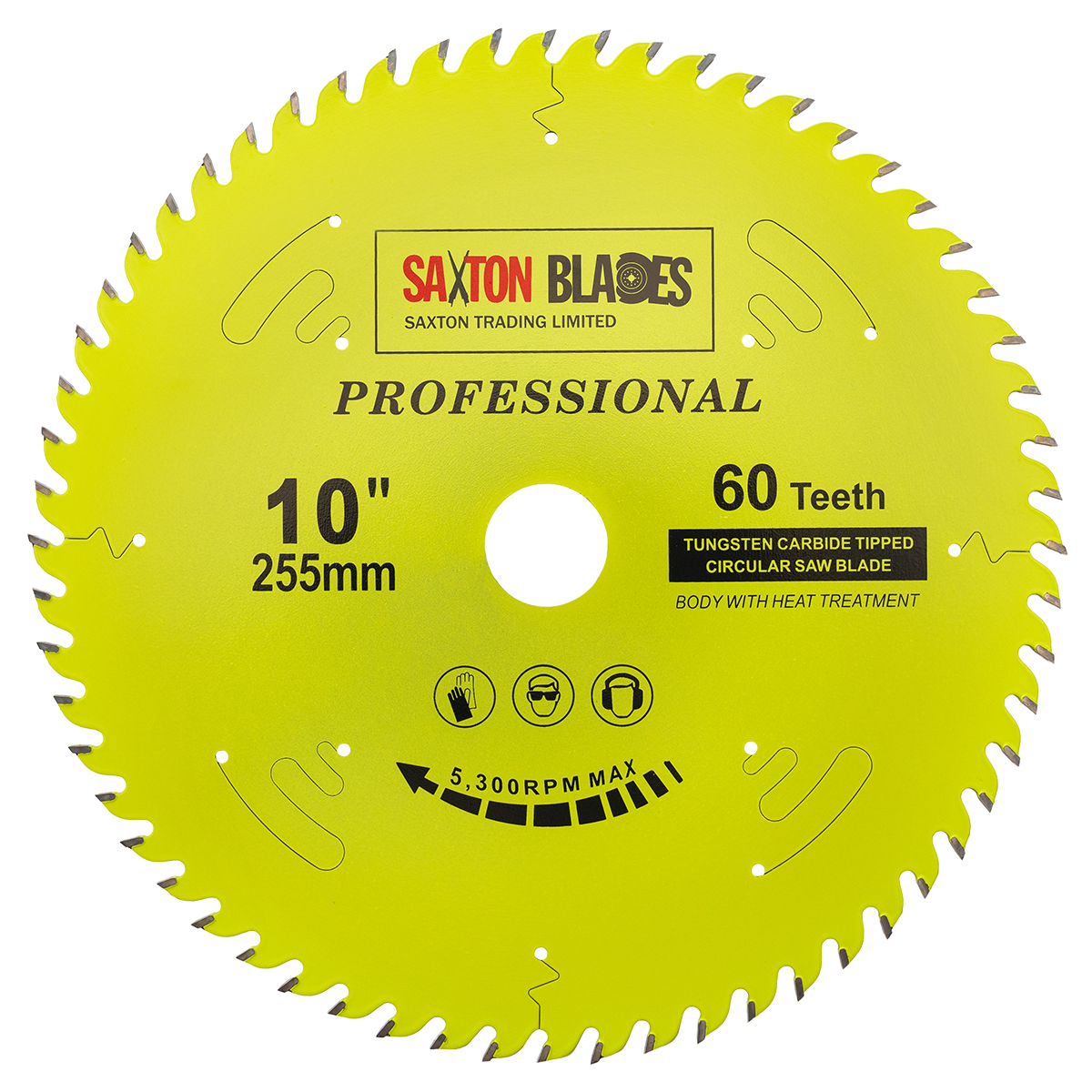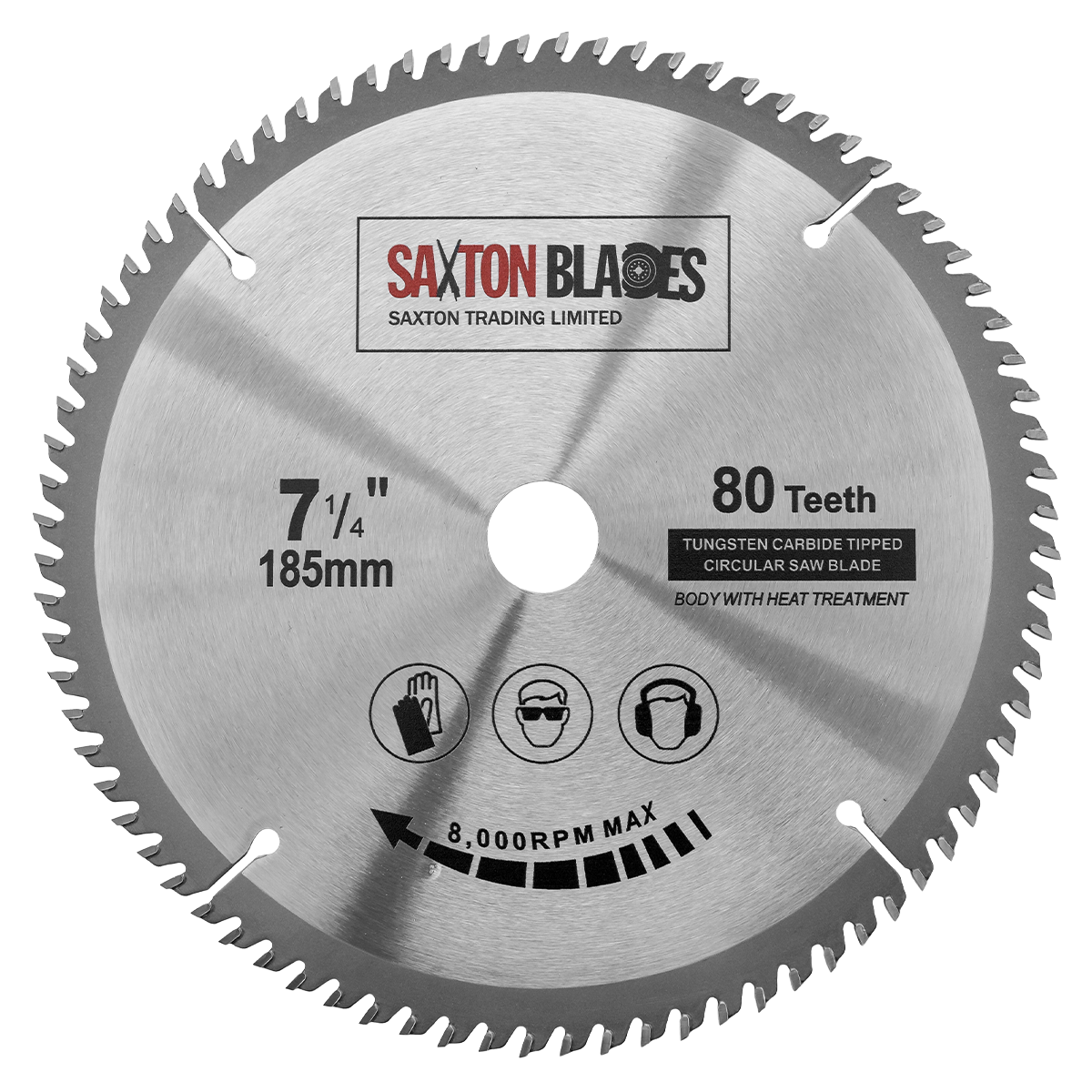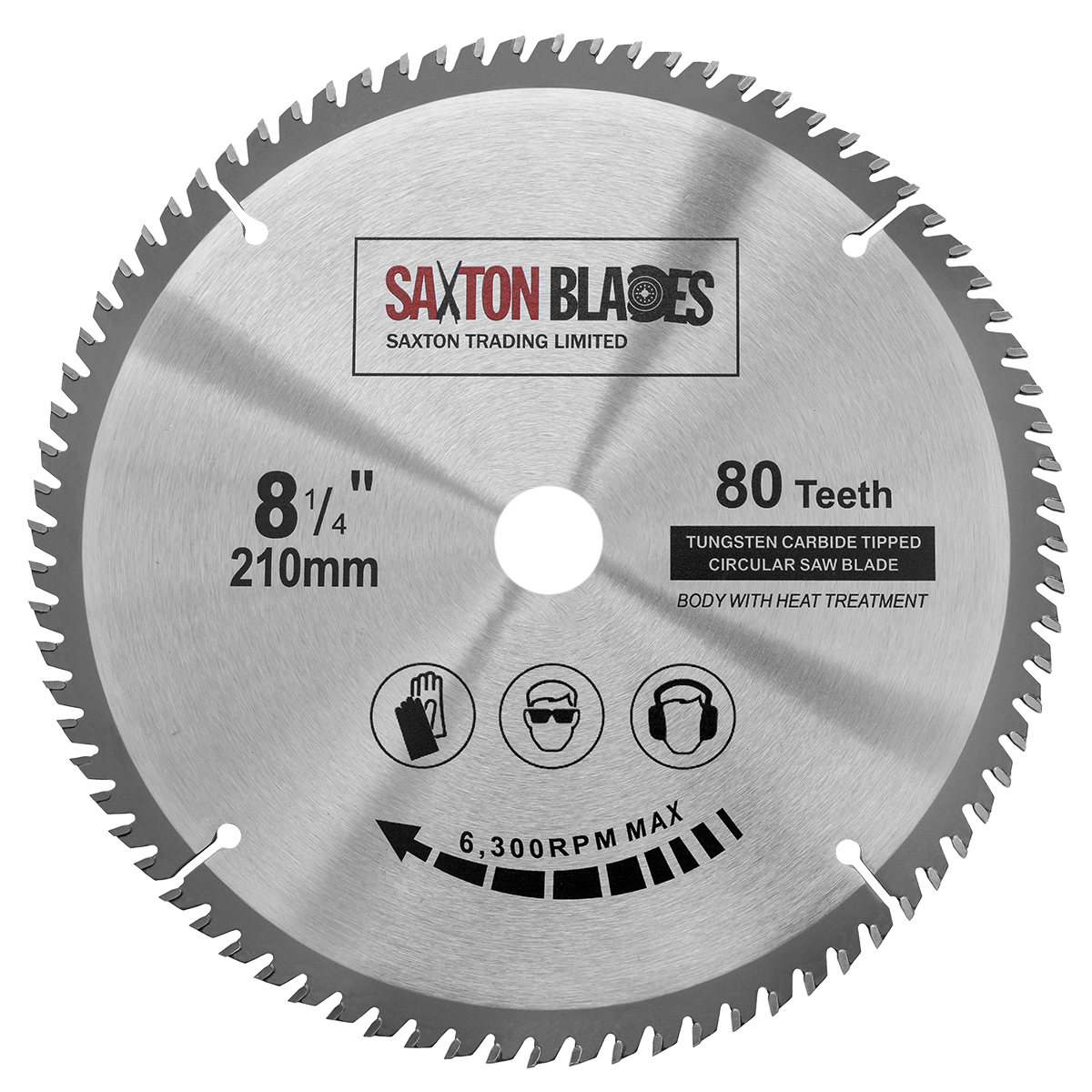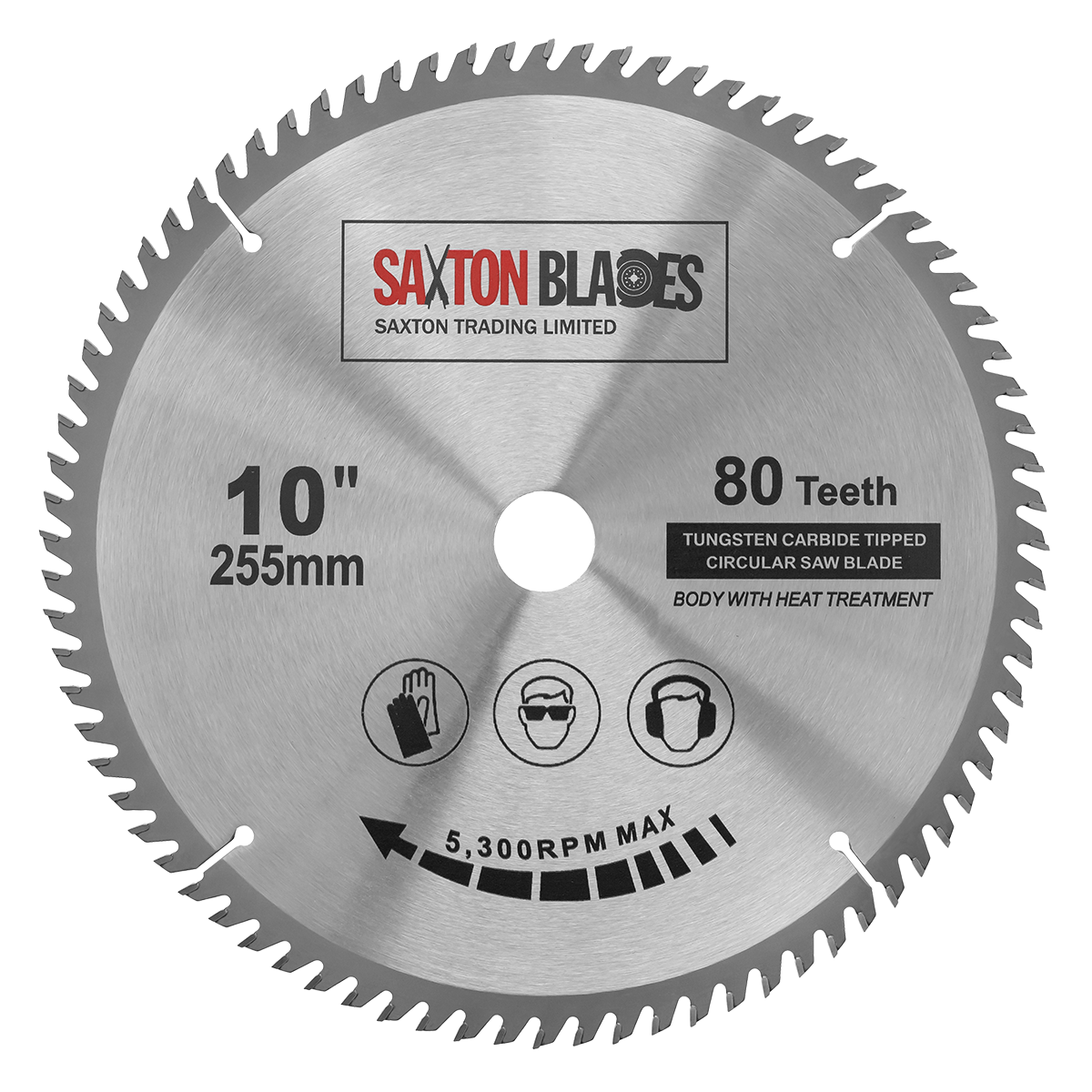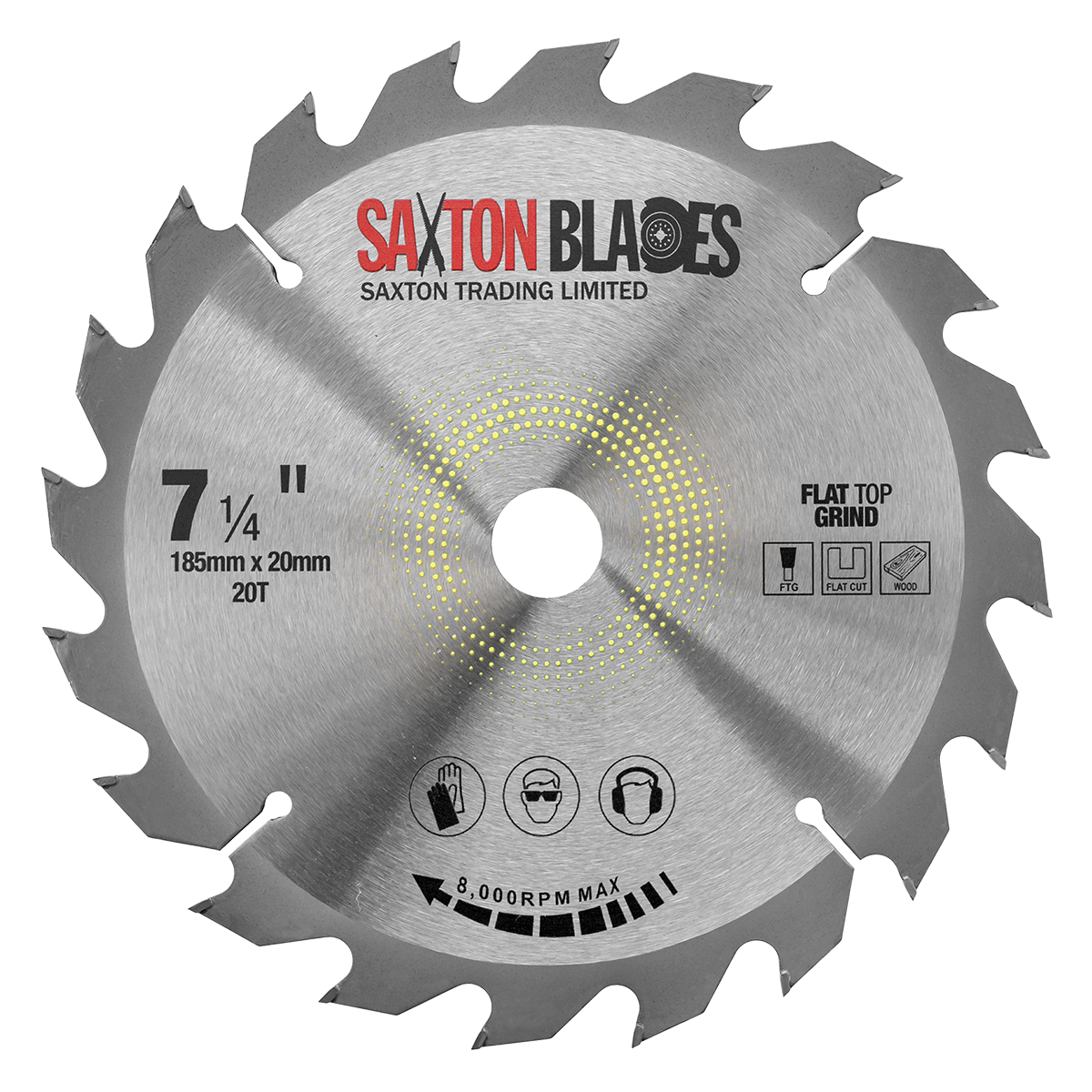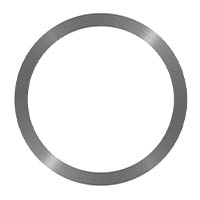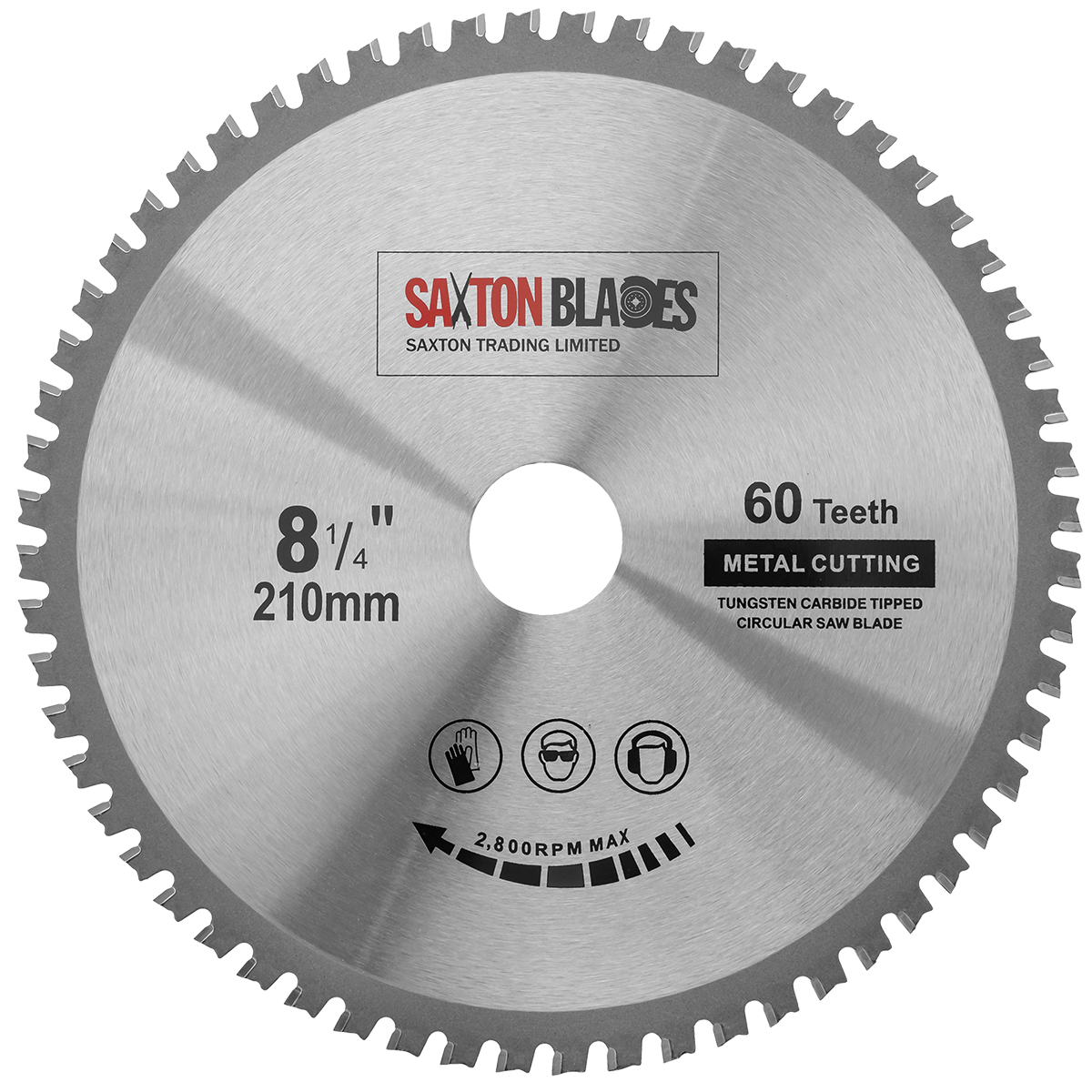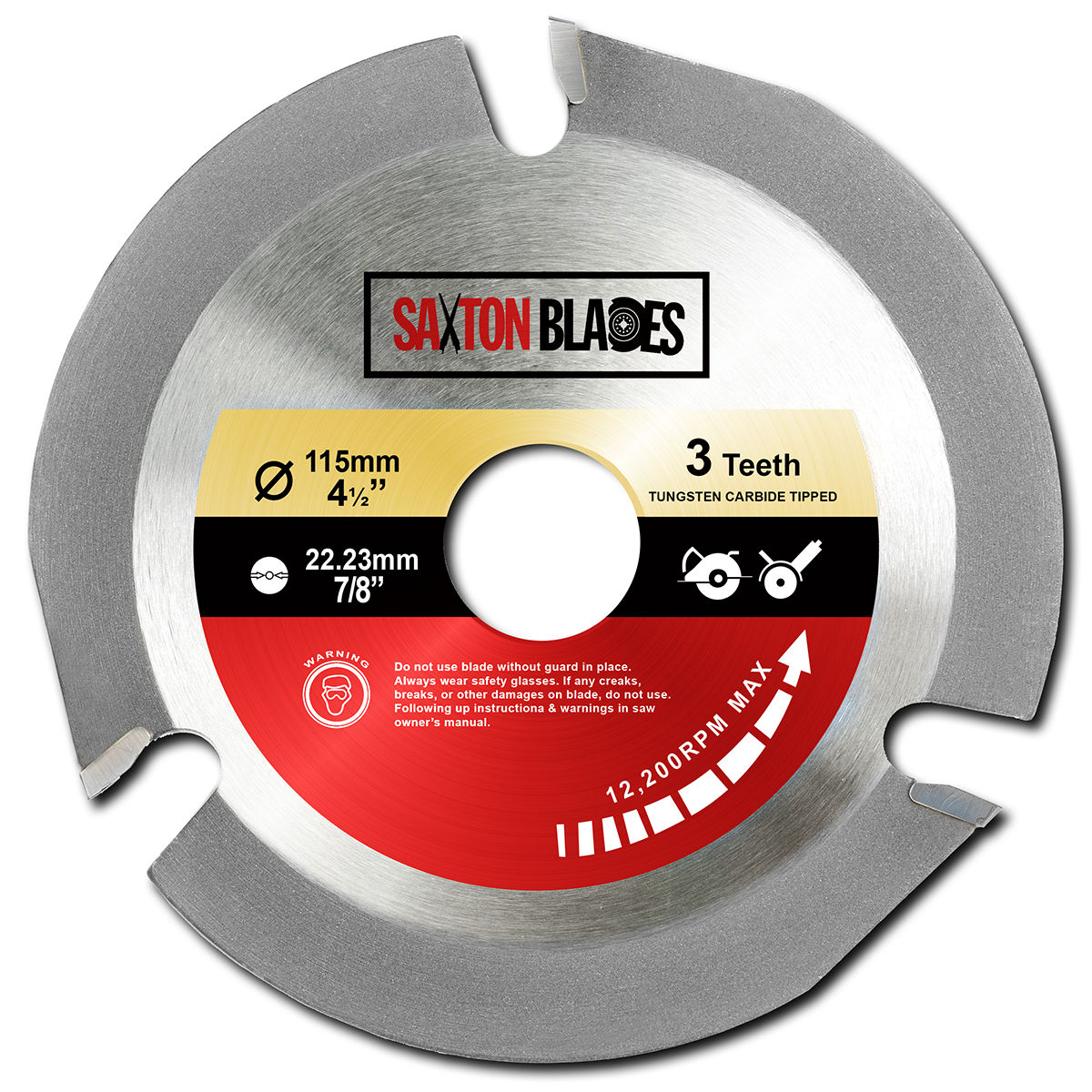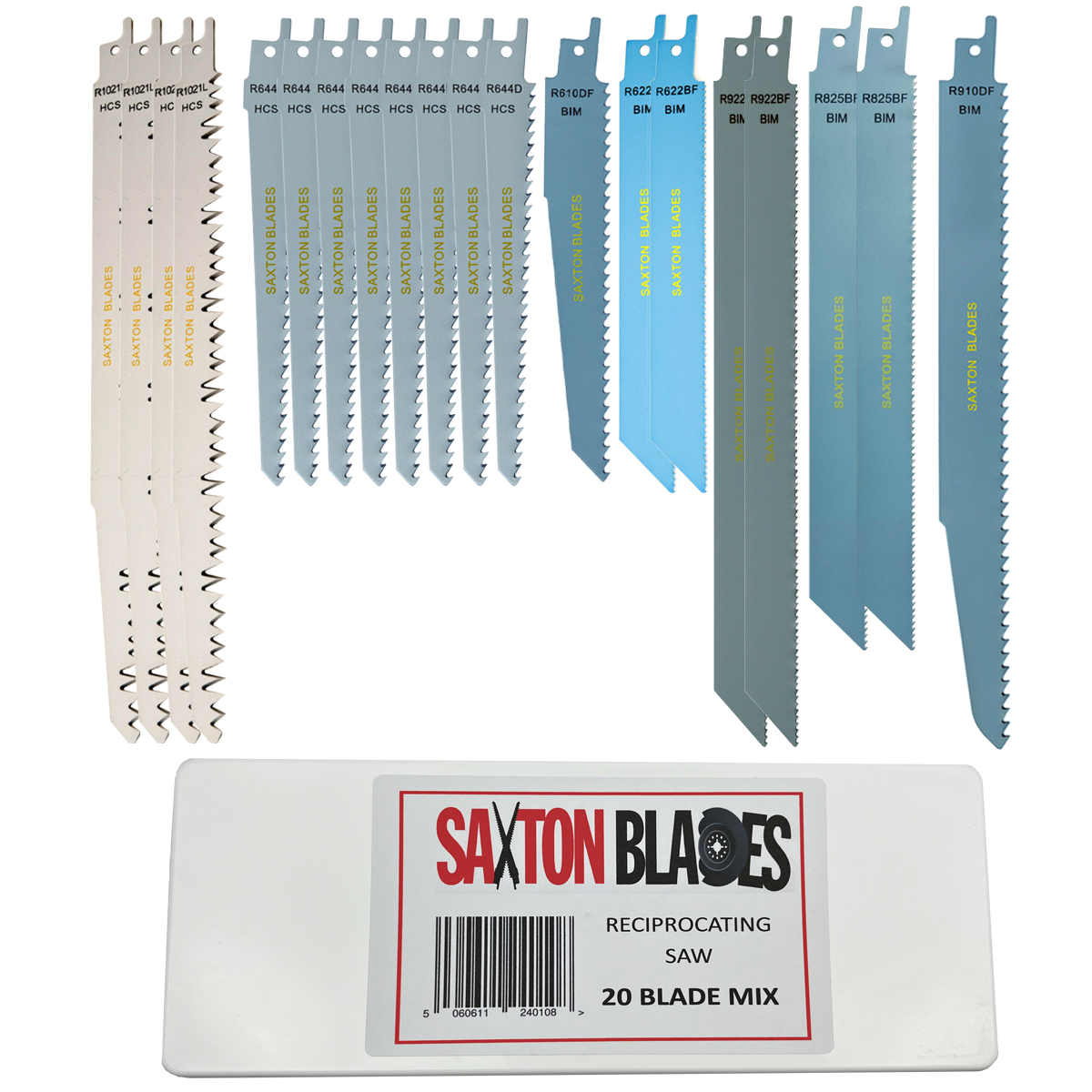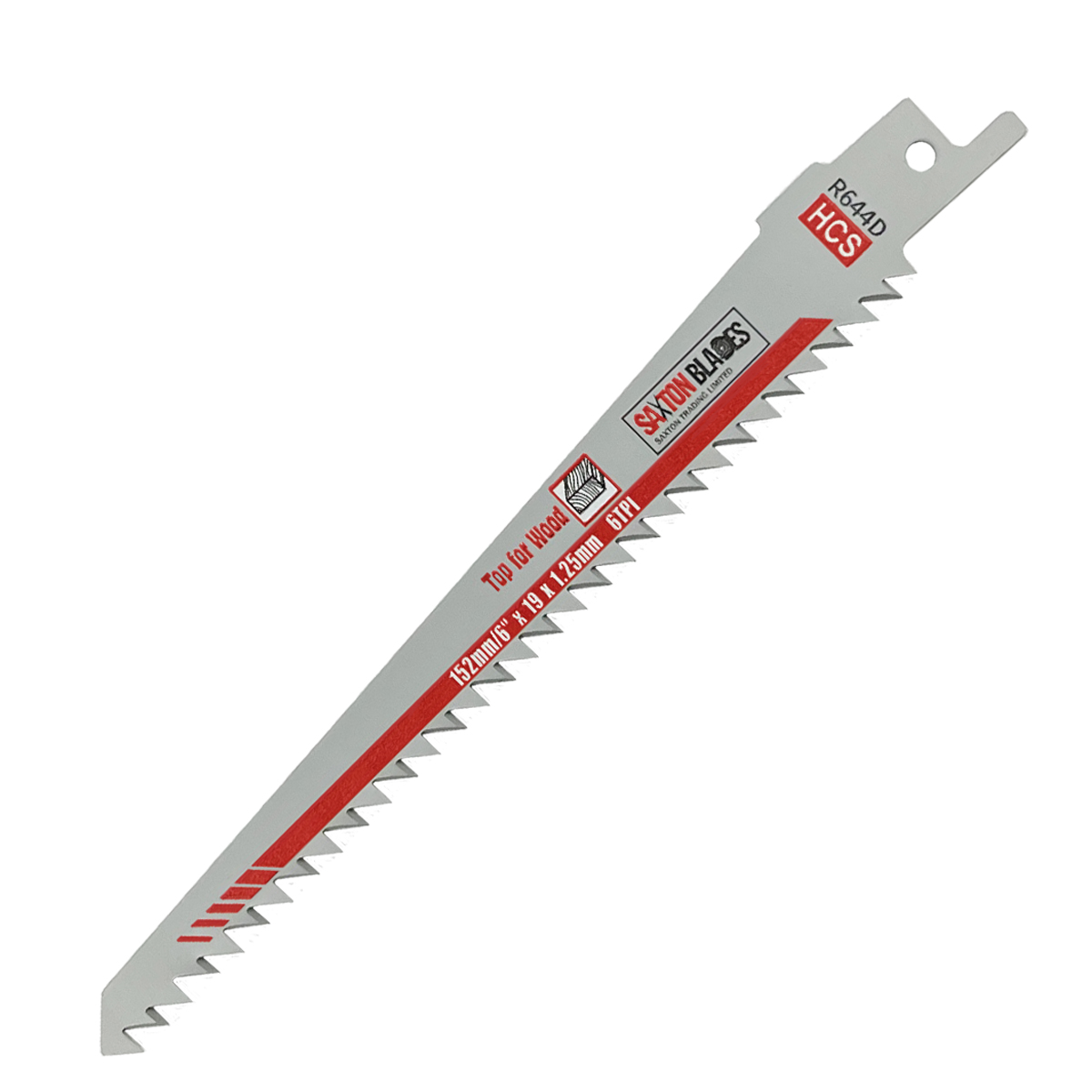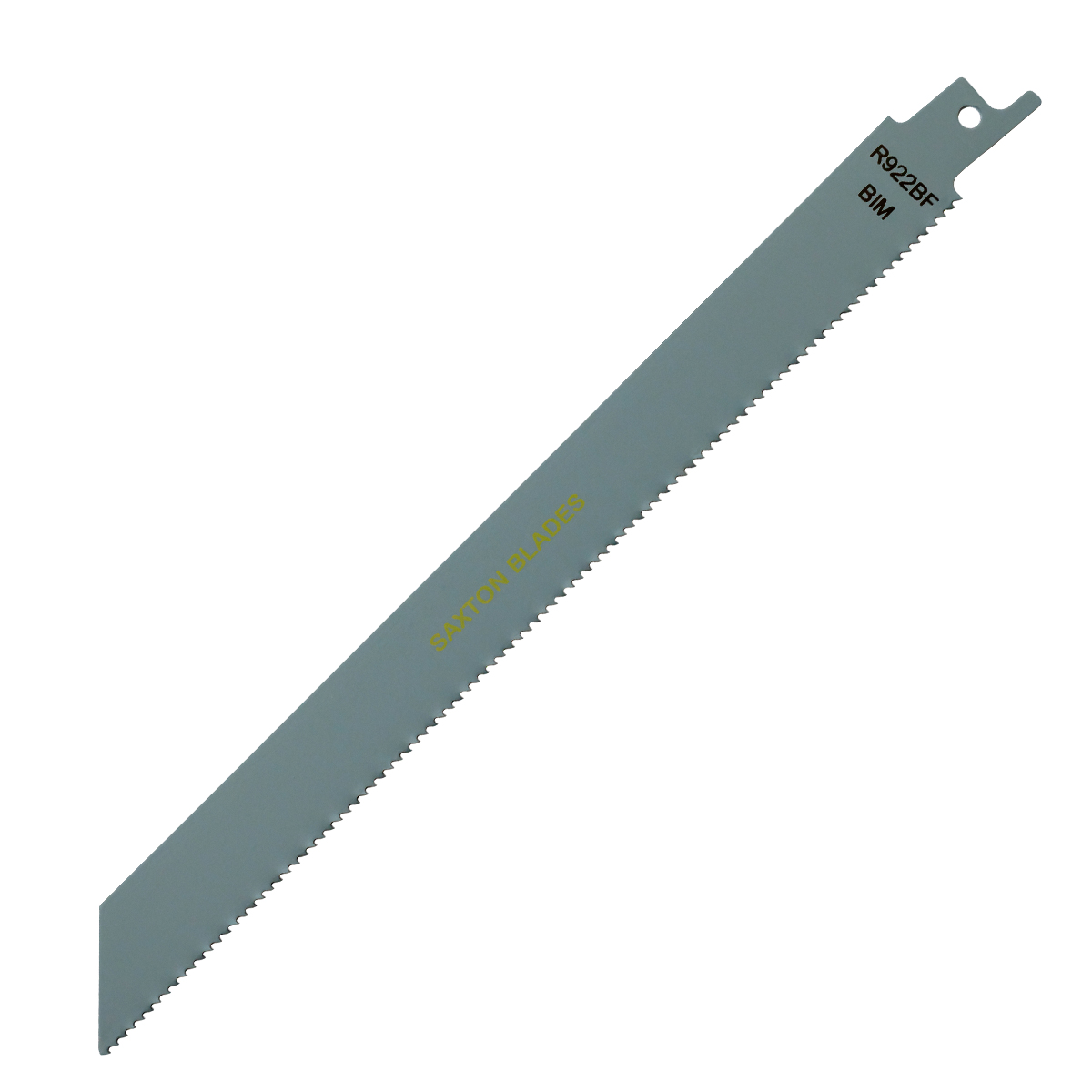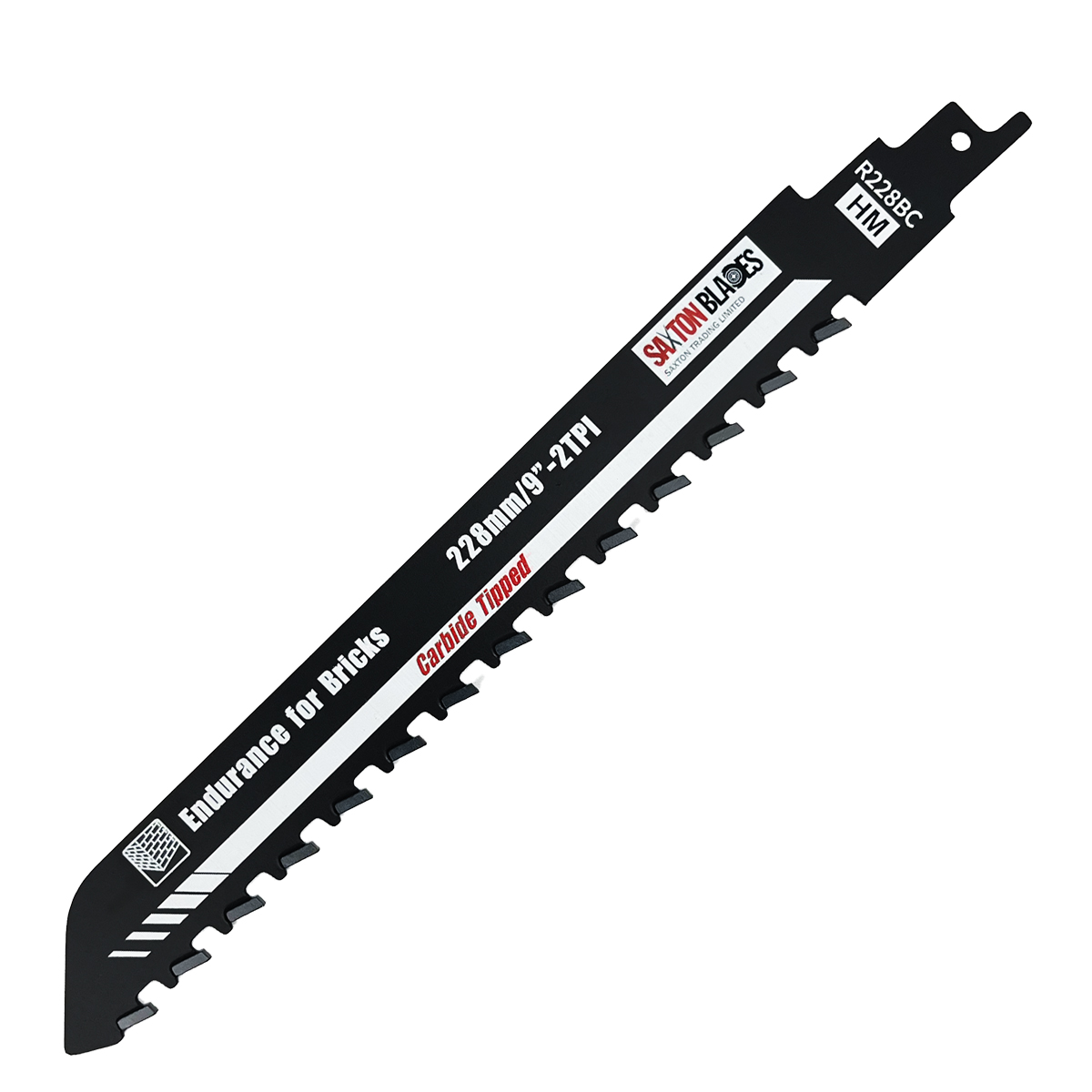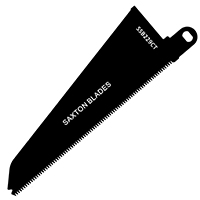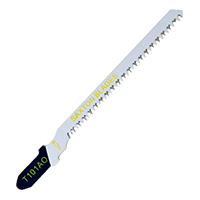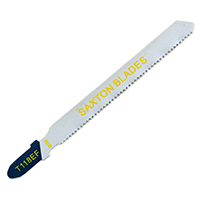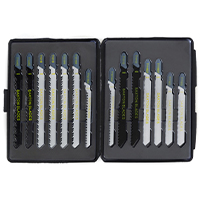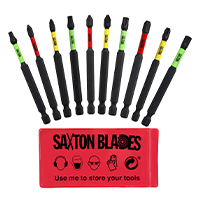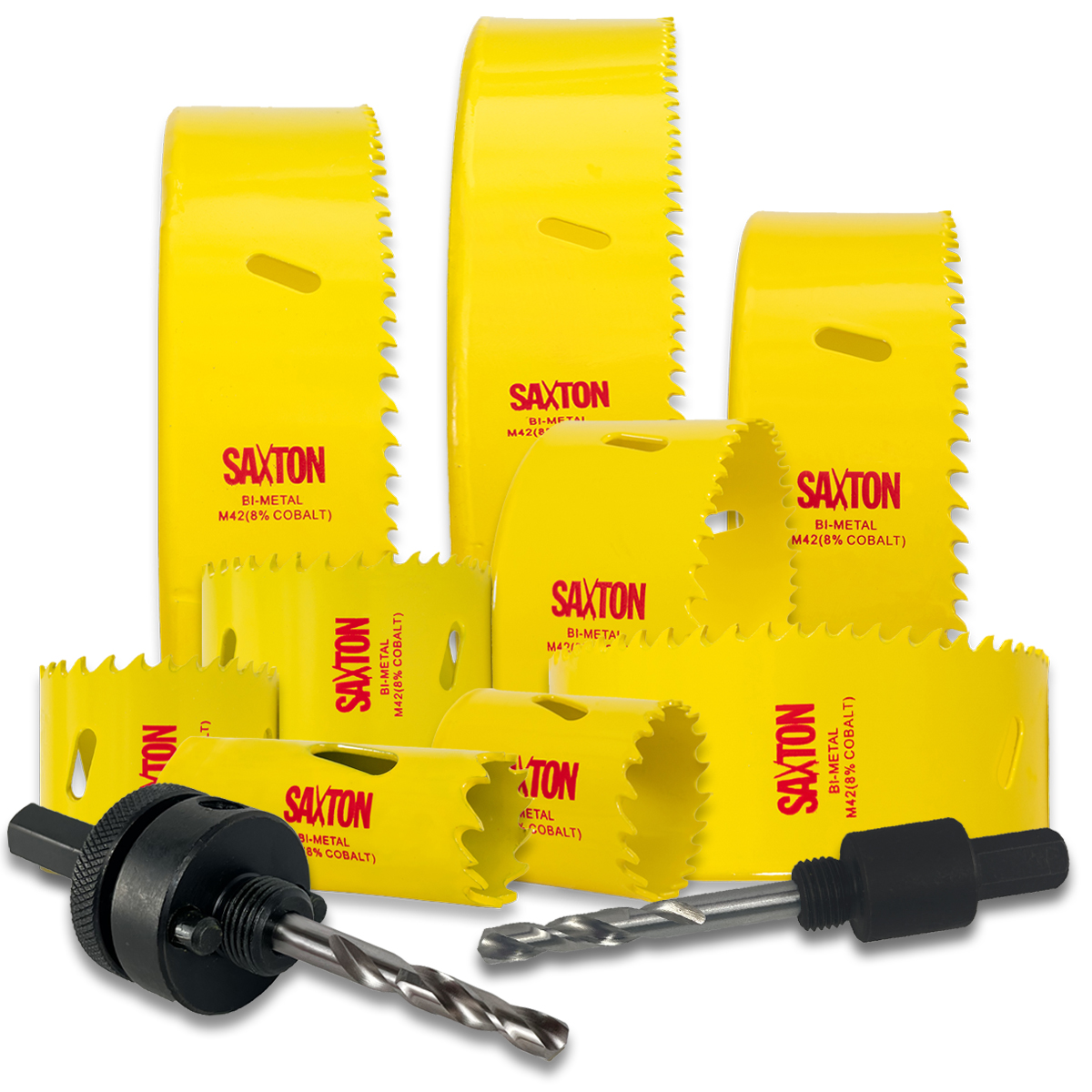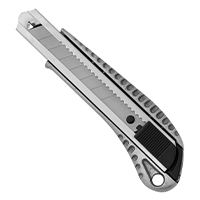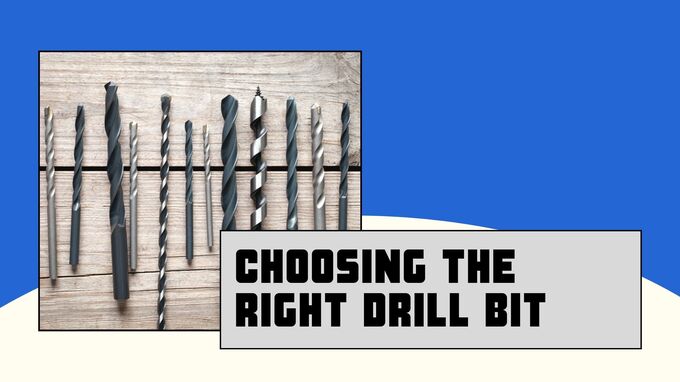
The drill is one of the most important tools that a DIYer has in their arsenal. However, a drill is nothing without a great drill bit. There are drill bits made for every situation, and it can sometimes be hard to work out which one you need.
In this article, we’re going to explain everything you need to know about drill bits and teach you how to choose the right bit for your next DIY project.
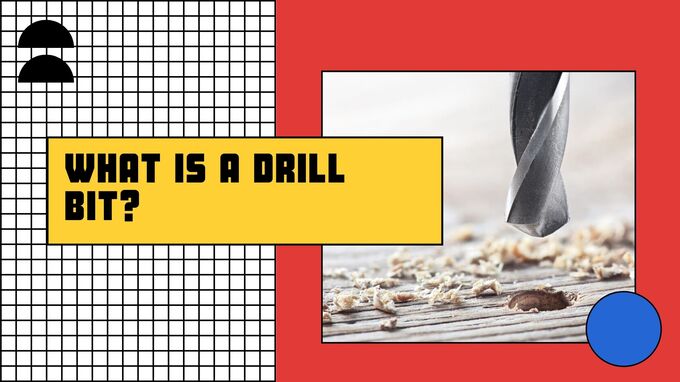
What is a drill bit?
A drill bit is a tool that attaches to the chuck (the rotating part) of the drill. When the bit is pressed into a surface, it bores a drill hole by removing material in front of it. Different drill bits are designed to removed certain amounts of material, allowing users to create different-sized holes.
Drill bits also come in a range of lengths and are made out of a variety of materials. The wide selection of options in drill bits is one of the main reasons why DIYers often feel overwhelmed when they have to choose which drill bit to use.
Thankfully though, it doesn’t have to be this way. By making a couple of small considerations, you can quickly narrow down your options and find the perfect drill bit for your job.
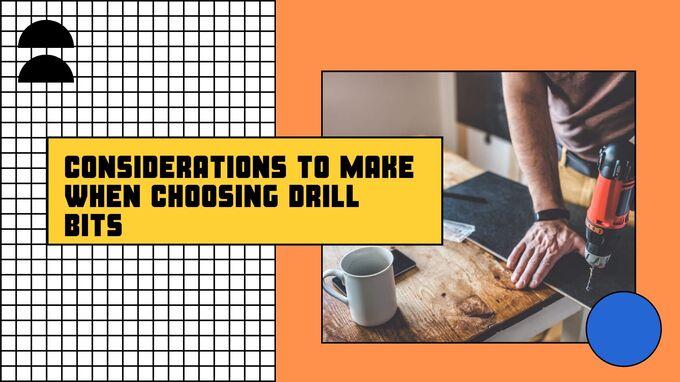
Considerations to make when choosing drill bits
What are you drilling into?
One of the biggest things to think about is the material you’re drilling into. A drill bit that can bore through wood with ease might not work as well with metal, so it’s extremely important to know what you’re working with when choosing the right drill attachment.
Drill bits are made of different materials and have different levels of hardness. Very hard bits can be used with surfaces like stone and metal, whereas the softer drill bits are most effective with wood.
We’ll go into this in more depth later on in the article. For now, it’s enough to know that the material being drilled into is going to have a huge impact on the drill bit that you choose.
What type of drilling holes do you want to make?
Unfortunately, it’s not as easy as just picking out the wood drill bit when you need to drill into a plank. You also need to consider the type of hole that you want to create. Maybe you’re drilling a pilot hole for a screw, or perhaps you need a much wider hole that can house a piece of dowel.
The truth is that there are loads of different types of drilling holes and there are drill bits designed to produce each one. You should always decide on the type of hole you want to make first, and then pick out the right drill bit size for the job.
What brand of drill are you using?
Although most drills are built to accept a standardized drill bit shape, there are some specialist drills that need their own special bits. If you’re going to be using one of these tools, then you need to ensure that any drill bit you choose has the correct shank shape.
The shank of a bit is the section that inserts into the chuck of the drill. If it’s the wrong shape, then the drill won’t be able to clamp down on the bit and hold it securely in place.
If you’re using a normal drill, then this isn’t something you really need to worry about. That said, it’s still worth checking that any drill bits you buy are going to be compatible with your power tool.
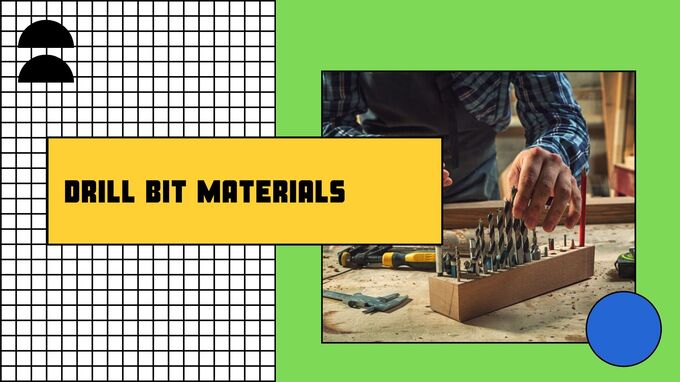
Drill bit materials
We’ve already mentioned that drill bits can be made out of different materials with varying hardness. More specifically, there are 3 main materials used to make drill bits – high-speed steel (HSS), cobalt, and carbide.
HSS
High-speed steel is the most common drill bit material, thanks to its versatile nature and affordable price point. HSS can best be described as the ‘general purpose’ drill bit – drill bits made from HSS can be used to drill through wood, drywall, steel, and other metals.
Even a masonry bit can be made out of HSS. If you buy a drill with bits included in the package, then you can pretty much guarantee that they’ll all be high-speed steel tools.
Cobalt
Cobalt is often alloyed with steel or other metals to increase hardness. As such, if you want to drill through very hard surfaces, then cobalt drill bits could be the way to go. Stainless steel and even armor plates will allow a cobalt bit to pass through them, which shows just how strong this material can be.
Cobalt drill bits may be overkill for most DIYers, but if you are going to be working with hard metals, then definitely consider picking up a set.
Carbide
Carbide drill bits can cut through some serious material. Even cast iron and fiberglass are no match for the power of a carbide-tipped drill. They are much more expensive than their HSS and Cobalt counterparts and you’ll rarely need a carbide bit for a DIY project.
That being said, carbide bits are extremely durable so if you want to make an investment in your toolbox, they could be worth looking into.
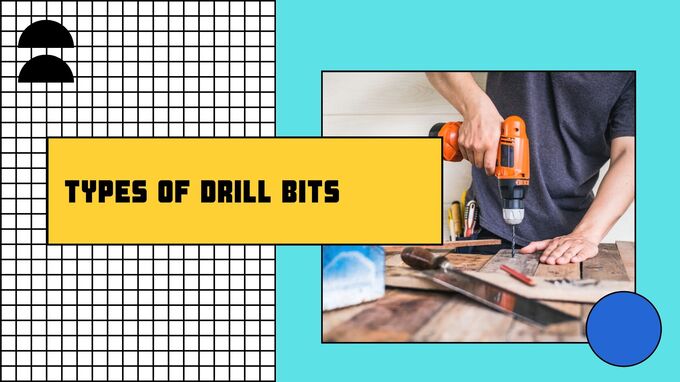
Types of drill bits
The material that a drill bit is made out of is only half of the story. You also need to choose something that is going to create the type of hole that you need. There are lots of different sizes and shapes of drill bits, but here are some of the most common ones:
Twist bits
The twist bit is the most common type of drill bit used by DIYers at home. They are specifically designed for cutting metal, but they also work well with wood and plastics. Twist bits are usually made out of high-speed steel, which makes them even more versatile.
Twist drill bits also come in a variety of different diameters and lengths. Lots of drills will come packaged with a set of twist bits from the manufacturer, and many users will never use anything else throughout the drill’s lifetime.
A twist bit is made up of a sharp, pointed tip with multiple flutes spiraling down the shaft of the bit. As the tip is pressed into a surface, it breaks up the material and funnels it out of the way via the flutes. This creates a clean and accurate hole in the surface.
Screwdriver bits
Although this article has mainly focussed on the different ways you can drill directly into a material, it’s not the only way that a drill can be used. A drill can also be used to insert screws into a surface, which is where screwdriver bits come into play.
Instead of having a cutting edge at the end of the shaft, screwdriver bits have a Philips or flathead attachment. The bit is inserted into the drill chuck as usual, and can then be used to drive screws into pilot holes.
You can also use screwdriver bits to help loosen tight screws. Simply put the drill in reverse and you’ll have those stubborn screws out in no time.
Masonry bits
Masonry drill bits have a similar design to twist bits but have been specifically designed to drill into bricks and concrete. Their cutting edge is slightly different, and the flutes are wider to let larger pieces of stone pass through.
Masonry bits are also usually made of high-speed steel, but there are some manufacturers that use cobalt and carbide for extra hardness.
Some specialist masonry bits are designed for use with a hammer drill. Instead of rotating the bits, a hammer drill moves them forward and back in a pounding motion. These types of masonry bits typically use an SDS or Hex shank to attach to the hammer drill.
Flatwood bits
Flatwood bits are used to create a very specific type of hole inside a piece of wood. They bore out a large diameter cavity with a central point at the base of it. A screw can then be drilled straight into the central point and the head of the screw will be recessed into the wood.
If you regularly work with wood and timber, then it’s always worth picking up a set of flat wood bits – they do a job that no other bits can do.
Countersink drill bits
Countersink drill bits create neat holes that allow screws to sit flush against the surface of the material. They are similar to flat wood bits in that they create a very unique hole for a unique situation.
If you work with wood and want to produce high-quality creations, then having a set of countersink drill bits is practically essential. Nothing screams professionalism more than a screw sitting perfectly flush in a piece of wood.

Choosing the right drill bit FAQs
How do I choose the right size drill bit?
In order to choose the right drill bit for your job, there are a few things to consider. If, for example, you’re drilling a hole for a screw, then you should be using a drill bit with a diameter slightly smaller than that of the screw.
Aside from the size of the bit, you’ve also got to think about the material it’s made out of and the material you’re drilling into. For a more in-depth investigation into drill bits, make sure to check out our guide above.
How do I choose the right drill?
In most cases, a standard power drill is going to be all you need for your DIY projects. A standard drill is by far your most versatile option and you’re likely to get plenty of use out of it. That being said, if you’re trying to do more specialist jobs, then a specialist drill might be more appropriate.
An example of this is a hammer drill. This type of drill is typically used in masonry to work on concrete. If this is the only kind of work that you’ll be doing, then a standard power drill probably isn’t going to cut it.
Just make sure to think about what you’re going to be using the drill for the most and choose something that matches that need.
Should a drill bit be the same size as the screw?
If you’re working with softwoods, then you should be looking to use a bit that has a slightly smaller diameter than the screw. Since the wood is soft, the screw will then be able to grip onto the walls of the hole as it is inserted.
If you’re drilling into harder materials, then it’s recommended to go with a bit that is the same size as the screw. This is because the screw won’t be able to push the hole wider as it is inserted, so needs to fit perfectly from the start.
Which drill bit is for walls?
If you’re drilling into plaster or drywall, then a regular twist bit is probably going to be all you need. If you’re trying to go through brick and mortar, then you should definitely be thinking about using a masonry bit for the job.

